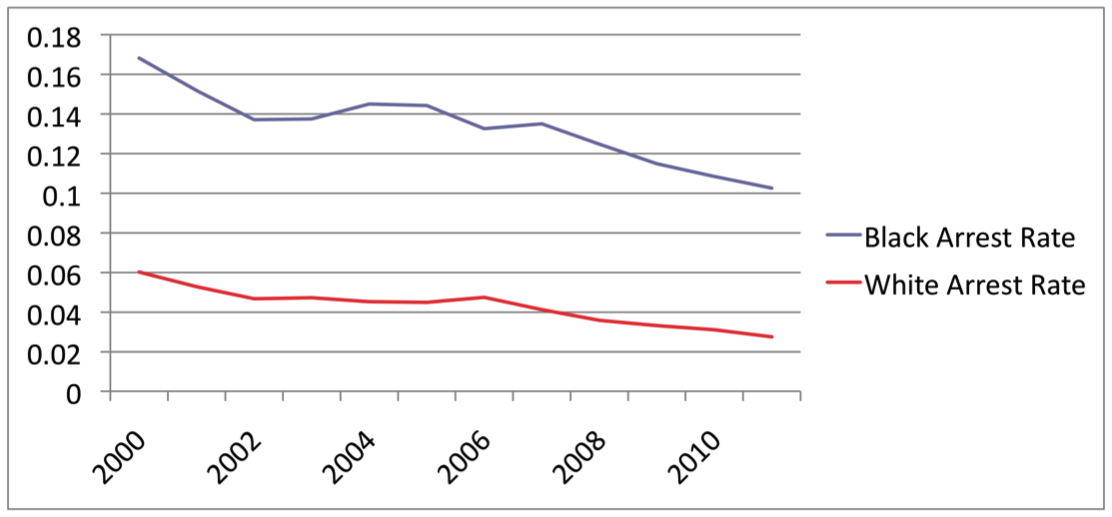Lewd and Lascivious Behavior Laws: A Milwaukee Story
The Accused
Lee Erickson’s bio attests to his national prominence. Among other things, he served on the Choral Panel of the National Endowment of the Arts and as dean of the American Guild of Organists. But in Milwaukee, he is best known as the conductor of the chorus of the Milwaukee Symphony Orchestra (MSO). Erickson was appointed associate director of the MSO Chorus in 1978, and he has served as the chorus’s director since 1994. By all accounts, the group has flourished under his leadership. The MSO website quotes music director Edo de Waart as saying: “The MSO has the good fortune of having a first-class volunteer chorus. With a chorus of this caliber, the options for performing great works in the repertoire are immense.” Frequent guest conductor Nicholas McGegan has called the chorus “a real gem,” and Tom Strini of the ThirdCoast Digest referred to it as “the jewel in Milwaukee’s cultural crown.”
If you type Erickson’s name into the Google search box, however, these achievements aren’t among the first results that appear on your screen.

